Qantas CEO Alan Joyce’s travel bubble predictions as carrier celebrates 100-year anniversary
Marking 100 years of the flying kangaroo, Qantas CEO Alan Joyce has revealed what the future of air travel holds in 2021 and beyond.
National
Don't miss out on the headlines from National. Followed categories will be added to My News.
When the plane descends below the clouds on its approach to Longreach, perspective can’t help but shift.
Looking out over those horizon-busting flat plains, you are suddenly reminded of Australia’s ridiculous size, and the extraordinary distances between places.
It’s weird, because you’ve always known these things, and yet the knowing and the seeing feel different.
Of course Australia’s airline was born out here in the Outback, you find yourself thinking. It was a matter of necessity.
Qantas was created to overcome vast distance. It’s in the company’s DNA.
And just as its founders overcame vast distances in the early 1920s in a country reeling from the Spanish flu pandemic, so too Qantas’s modern executives are seeking to jump the biggest distances of all, in a world once again under siege from a virus.
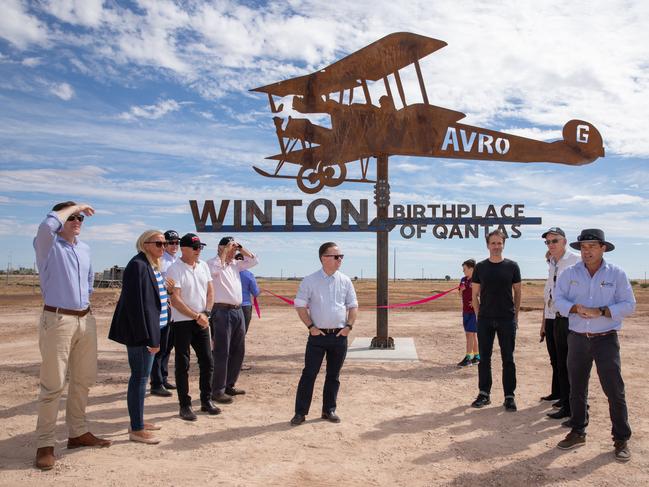
COVID-19 has clobbered Qantas. Twenty-five thousand staff stood down initially and nearly 7000 still in that situation; 8500 permanently made redundant; international operations (except the just-opened trans-Tasman bubble) at a virtual standstill.
And yet the company’s ambition, with its Project Sunrise initiative, has never soared higher.
The airline launched its first ultra-long-haul flight from Perth to London in 2018. It was a dream made real: Australia to Europe in a step.
It quickly became Qantas’s most profitable route, and attention turned to the next challenges: flying to London non-stop from Sydney and Melbourne.
“We were a couple of weeks away,” CEO Alan Joyce told News Corp.
“The board had given me delegation to close out the arrangements, to order the aircraft, and then COVID happened.”
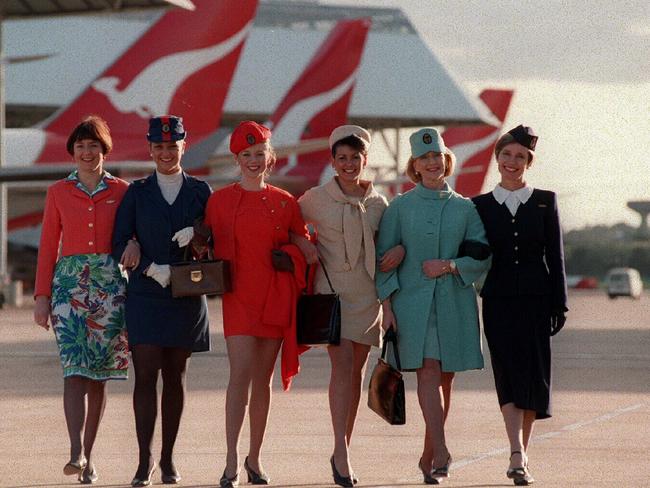
There are plenty of caveats and contingencies, but Mr Joyce said under the most optimistic scenarios, Qantas will order the specially modified Airbus A350-1000s for Project Sunrise later this year or in early 2022, with delivery in 2024 or 2025.
The CEO’s excitement about the possible destinations for Project Sunrise cannot be hidden.
“The markets we know would work are Melbourne and Sydney to London. New York from Sydney is a massive market. Sydney to Chicago would also be very exciting,” he said.
In Europe, Paris and Frankfurt are obvious contenders because of strong business class demand for those sectors.
“We’re also keen to go more into South America,” Mr Joyce said.
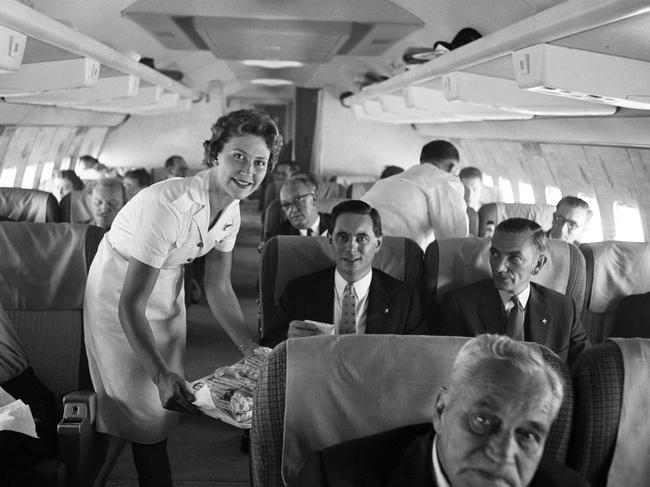
“We were doing Santiago, but we would really love to get into Brazil; having the range of the aircraft that would do that has always been the issue. So Rio or Sao Paulo; we’re open to both of them.
“The network when we look at it could be quite big, and the size of the fleet could get big, but we’ll do it in a staged approach,” he said.
It sounds grand, but it’s not a flight of fancy. Indeed, analysts believe Project Sunrise could make a critical difference for Qantas as the world emerges from COVID-19.
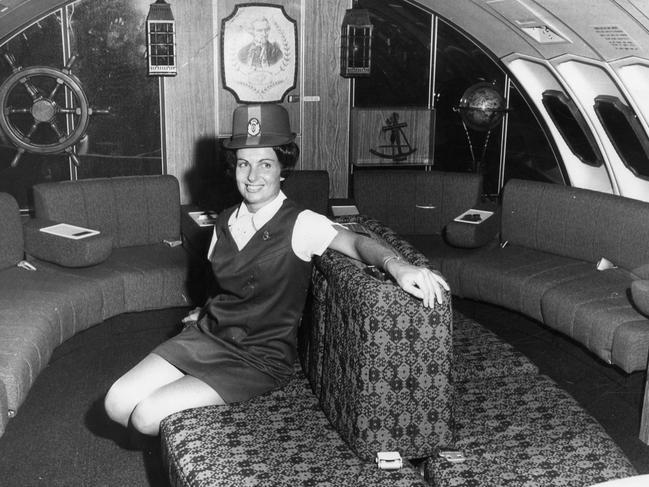
“Perth to London had an extraordinary load factor, 92 per cent, and in premium classes it was 95 per cent, amazing numbers, and demonstrating that people absolutely want to fly non-stop if they can,” aviation expert Geoffrey Thomas told News Corp.
“And I think the desire will be even greater now.
“Passengers flying internationally are going to want to fly non-stop, they’re not going to want to go through hubs for some time. It will be the safest way to fly,” he said.
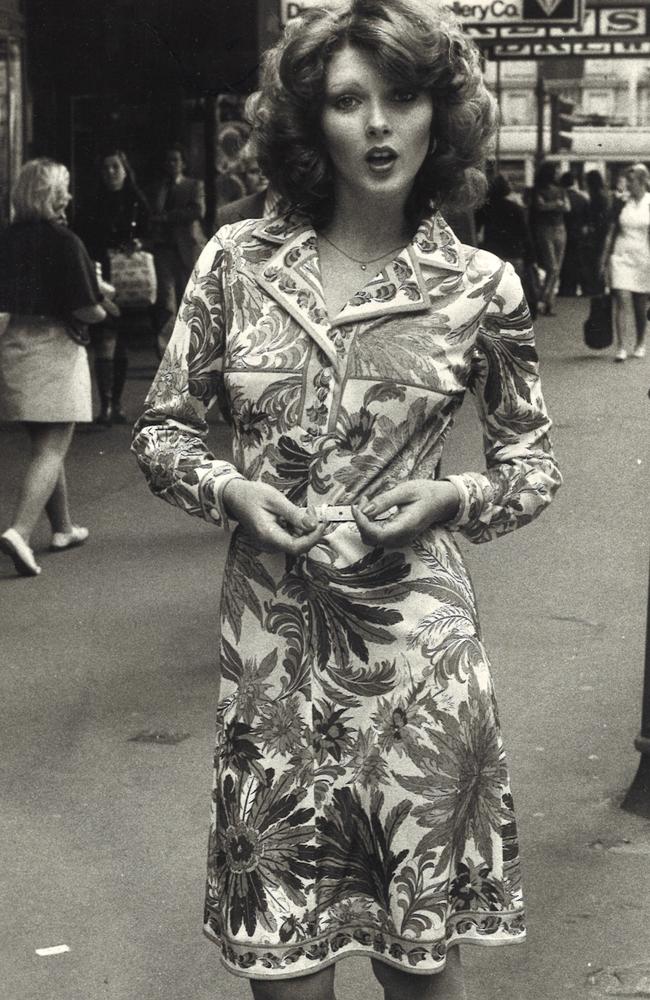
When travel to the UK is possible again, Mr Thomas said he wouldn’t be surprised if Qantas routed all its flights out of Perth or Darwin, and made them all non-stop, at least as an interim measure.
Mr Thomas said Qantas was “the strongest airline brand in the world, because it is the safest airline,” but it would face enormous challenges as the world reopened.
“During COVID-19 many national carriers have been supported significantly by their governments. The German government took a 20 per cent stake in Lufthansa and invested $18-$20 billion to support it. Singapore has received huge support, as has Qatar, Emirates and Etihad.
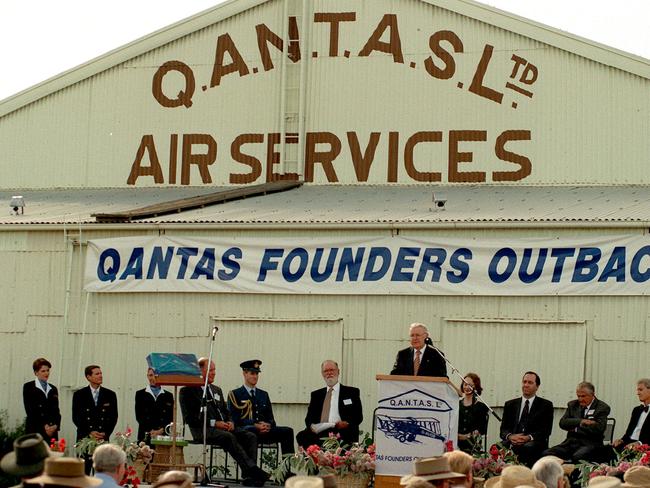
“What we’re going to find is those airlines are going to fly out of this pandemic in a very strong position, probably with stronger balance sheets than Qantas has. The big players are probably going to be in very good shape coming out of COVID-19,” he said.
There are already some promising signs for the return of the Flying Kangaroo, though. Mr Joyce said the group was at 90 per cent capacity in this quarter, with projections that Jetstar will get to 120 per cent of its pre-COVID capacity in the next quarter, and Qantas domestic will be at 70 per cent.
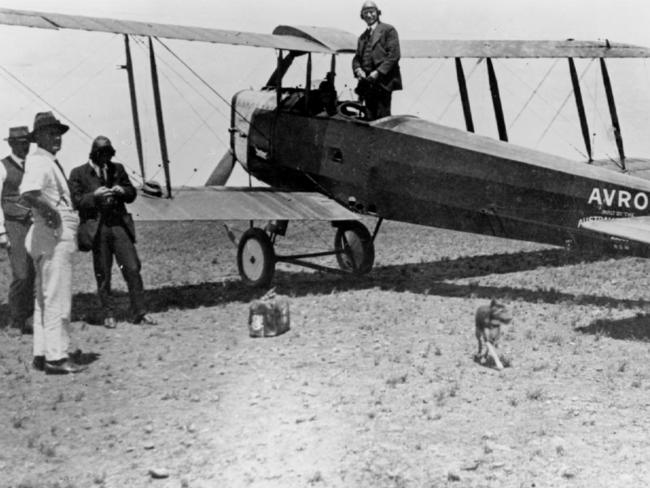
“We think there is going to be a leisure boom over the next 18 months. Lots of people have discretionary spend and they’re spending on holidays again. We think Jetstar will be permanently 120 per cent of what it was pre-COVID domestically. A new normal there,” Mr Joyce said.
Internationally, the pace of reopening remains necessarily sluggish. Mr Joyce anticipates Fiji and Noumea travel bubbles could open by October, with Singapore, Japan, Taiwan and South Korea the possible next likely contenders, depending on outbreaks and developments with vaccines. But those majestic flying office towers – the A380s – will likely remain sitting in the Mojave Desert until 2024.
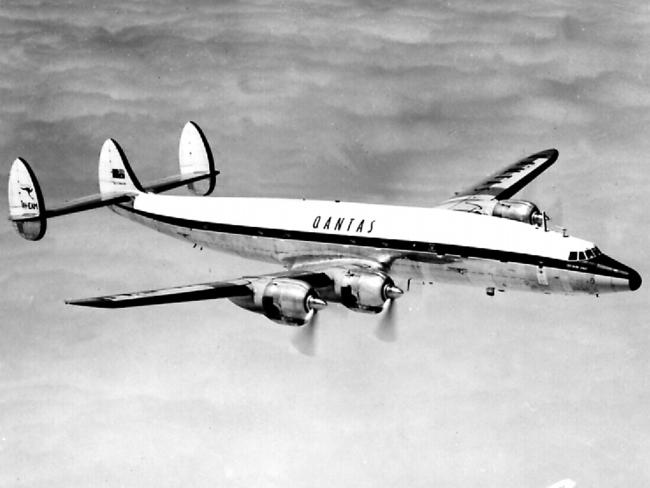
“IATA (the International Air Travel Association) is forecasting, and we agree, that it’s unlikely demand will get back to pre-COVID levels until 2024. We could bring (the A380s) back in ‘22 if demand suddenly surges, but the likelihood is December ‘23 is when they will start coming back in.”
To prepare for the resumption of international flights, Mr Joyce said Qantas should have its “digital vaccination passport” ready by July.
“There may be a period of time when everyone’s vaccinated and the risks are a lot lower, it’ll be like the flu, but until then our view is that we’re regarded as the safest airline in the world, and we have a duty of care to our passengers,” he said.
“It becomes a confidence issue. The lag effect will be huge internationally for a while, but the big boost of confidence will be if they know everyone in the aircraft has been vaccinated.”
Qantas will follow TGA advice on which vaccines qualify under Australian standards – just one of a myriad of issues the airline will have to grapple with as it navigates its way back to normal operations.
Despite some well publicised down points in his time as CEO – senators and media outlets have at times screamed for him to be sacked – Mr Joyce said the past 12 months have been the toughest in his nearly 14 years helming the national carrier.
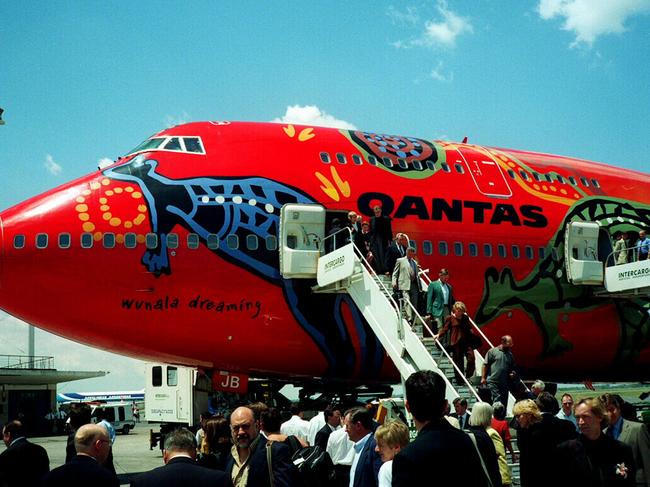
“The period last March was horrendous,” he said. “I don’t care about what politicians or the media says. I had that idiot throw a pie in my face. There’s been horrible personal things that have happened, but the horrendous thing is what happened to the company last year.”
But those difficult times have also fired his ambition to bring the airline back.
“I committed to get through the three-year transformation,” he said. “It’s been a tough period, but we’re custodians of an amazing iconic brand and you feel an obligation to leave it better than you found it.”
More Coverage
Originally published as Qantas CEO Alan Joyce’s travel bubble predictions as carrier celebrates 100-year anniversary




